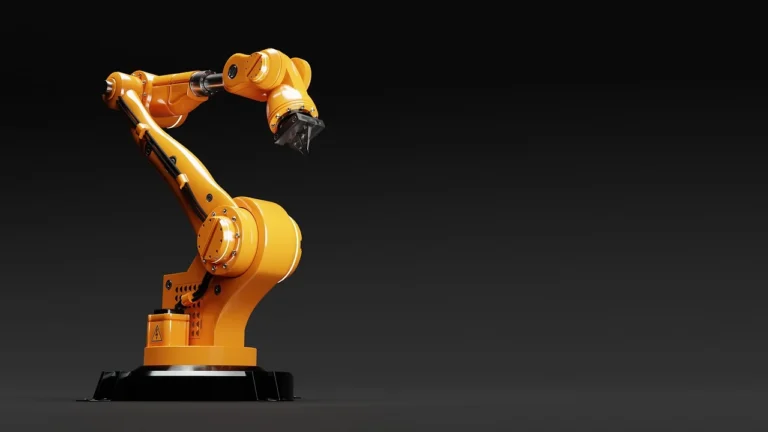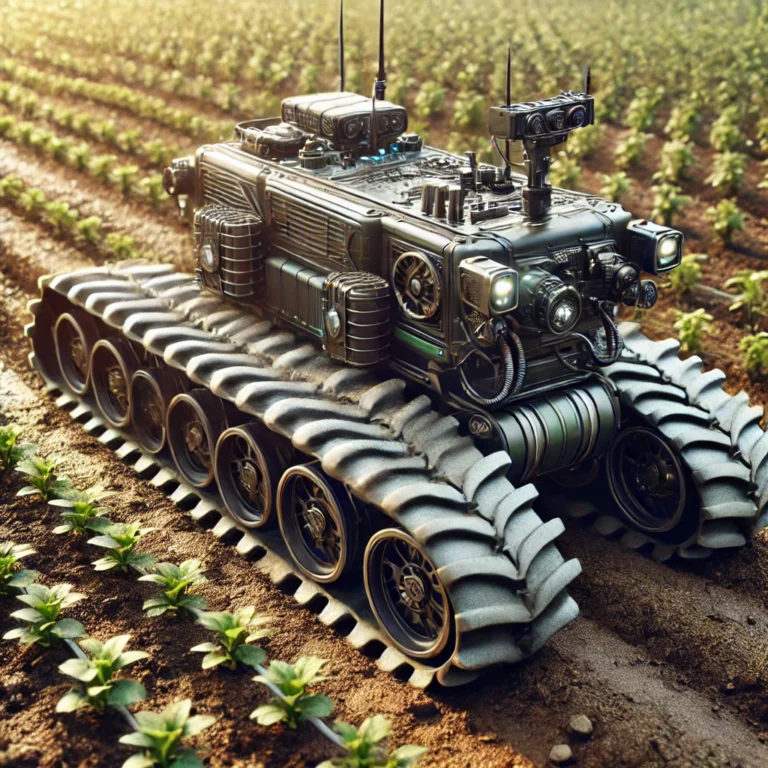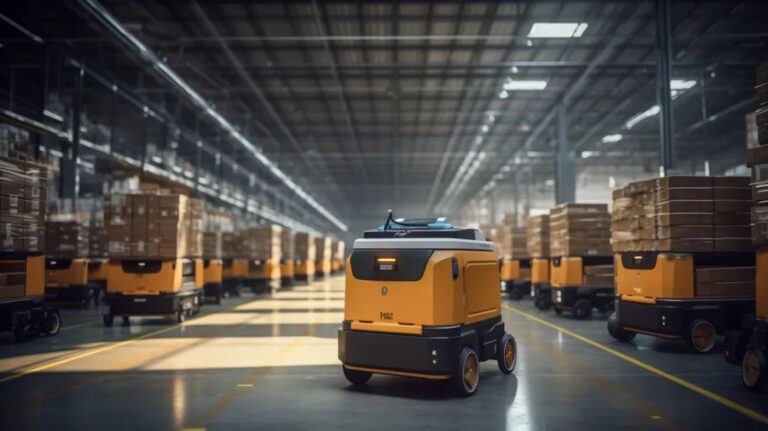We help the world since 2012

How to Select the Power Supply for the Robot ?
When designing or purchasing a robot, one of the critical decisions you’ll need to make is selecting the right power supply. This choice can significantly impact the robot’s performance, reliability, and overall operational cost. In this post, we’ll explore the key factors to consider when selecting a robot power supply to ensure your project runs smoothly and efficiently.
Power Supply Requirements for Robots
The power supply is the backbone of any robotic system, providing the necessary energy to drive motors, sensors, controllers, and other critical components. Without the right power supply, your robot might experience frequent downtime, overheating, or reduced functionality. But how do you choose the right power source? There are several key aspects to consider.
1. Determine the Robot’s Power Consumption
Before selecting a power supply, it’s essential to understand the total power consumption of your robot. Start by calculating the power needs of each component, including motors, microcontrollers, sensors, and communication devices. Most of these components will have voltage and current requirements listed in their datasheets.
For example, if your robot has a 12V motor that draws 3A under full load, you’ll need at least 36W (12V x 3A) to power the motor alone. Multiply this by the number of motors and add the power requirements for other devices to get a total estimate.
By calculating the total power consumption, you can avoid under-powering or over-powering your robot, which can lead to overheating or inefficiencies.
2. Choose the Right Voltage and Current Ratings
Once you know how much power your robot will consume, the next step is selecting the correct voltage and current ratings for the power supply. Robots typically use either DC (direct current) or AC (alternating current) power supplies, but most mobile and smaller robots prefer DC power supplies due to their efficiency and portability.
The voltage of the power supply should match the operating voltage of the components. If you’re using a 24V robot, for instance, you’ll need a power supply that delivers 24V. Similarly, ensure the power supply can provide enough current (measured in amps) to meet the needs of your robot without strain.
3. Consider Efficiency
Not all power supplies are created equal. One key consideration when choosing a robot power supply is efficiency. Power supply efficiency refers to how much input power is successfully converted into usable output power. Higher efficiency means less energy is wasted as heat, which is crucial in robotics where overheating can damage sensitive components.
Look for power supplies with a high-efficiency rating (ideally above 80%) to maximize performance. Efficient power supplies not only reduce heat but also help extend the lifespan of your robot and save on energy costs in the long run.
4. Size and Form Factor
Another factor to consider is the size and form factor of the power supply. Depending on your robot’s design, you may have limited space for a power source. Compact robots often require smaller power supplies, while larger industrial robots can accommodate more substantial units.
Make sure the physical size of the power supply fits within your robot’s chassis or enclosure. Many manufacturers offer compact, lightweight power supplies designed for robotic applications, such as DC-DC converters or modular power supplies, which can be ideal for space-constrained environments.
5. Battery Life (For Mobile Robots)
If you’re working on a mobile robot, battery life is a critical consideration. The type of battery you choose will directly impact how long the robot can operate before requiring a recharge.
Lithium-ion (Li-ion) and lithium-polymer (LiPo) batteries are popular for mobile robots due to their high energy density and relatively lightweight. However, they can be more expensive than other types of batteries. Lead-acid batteries, while cheaper, are bulkier and have a shorter lifespan. Be sure to balance the trade-offs between battery capacity, cost, and weight when making your choice.
6. Safety Features
Safety is paramount when working with electronics, and power supplies are no exception. Choosing a power supply with built-in safety features such as over-voltage, over-current, and thermal protection can prevent damage to both the power supply and the robot. These features help protect the robot from power surges, voltage spikes, and overheating, ensuring smooth and safe operation.
Additionally, look for certifications such as UL (Underwriters Laboratories) or CE (Conformité Européenne) markings, which indicate the power supply meets international safety standards.
7. Environmental Considerations
Where and how your robot will be used can also influence your choice of power supply. If your robot will operate in harsh environments (such as outdoors or in factories), choose a rugged power supply that can withstand extreme temperatures, dust, or moisture. IP-rated (Ingress Protection) power supplies offer protection against water and dust ingress, making them ideal for tough conditions.
For instance, if your robot operates in a factory where it may be exposed to high levels of dust or moisture, a power supply with an IP65 rating would be a good choice, offering protection from both solid particles and water.
8. Cost vs. Performance
Finally, while it might be tempting to choose the cheapest power supply available, it’s essential to balance cost with performance. Cheap power supplies may save you money upfront, but they can cause problems in the long run, such as poor reliability, higher energy consumption, or even component failure.
Investing in a high-quality power supply from a reputable manufacturer will save you time and money in the long term. Additionally, many premium power supplies come with warranties or customer support, giving you peace of mind in case something goes wrong.
Conclusion
Selecting the right power supply for your robot is a crucial step in ensuring its performance and reliability. By carefully considering factors such as power consumption, voltage and current ratings, efficiency, size, battery life, safety features, and environmental conditions, you can find a robot power supply that perfectly suits your needs.
Remember, a well-chosen power supply not only optimizes your robot’s functionality but also extends its lifespan, reduces downtime, and enhances safety. If you’re unsure which power supply is best for your robot, don’t hesitate to consult with professionals or explore various manufacturers’ offerings that specialize in robotics power solutions.




